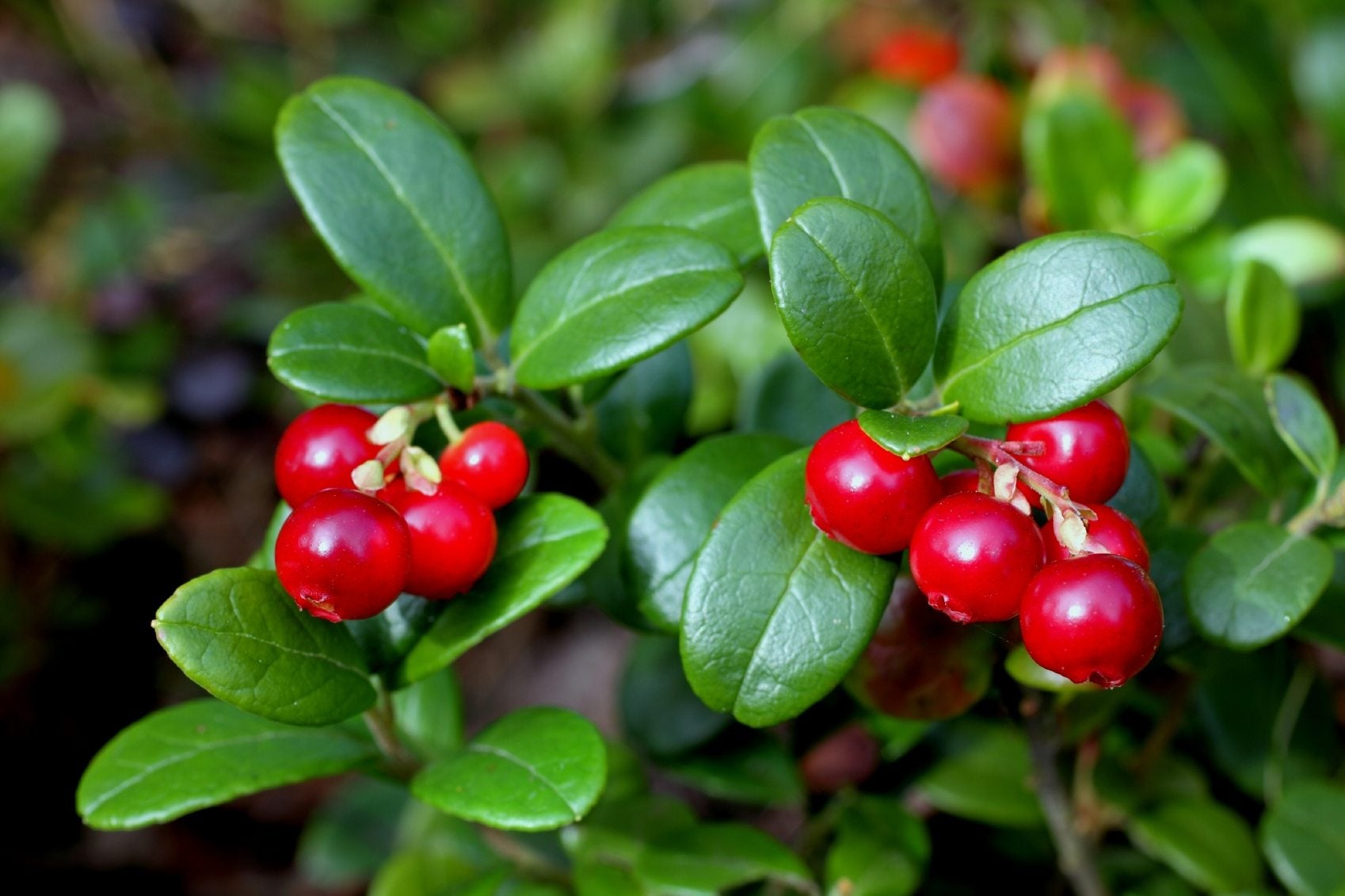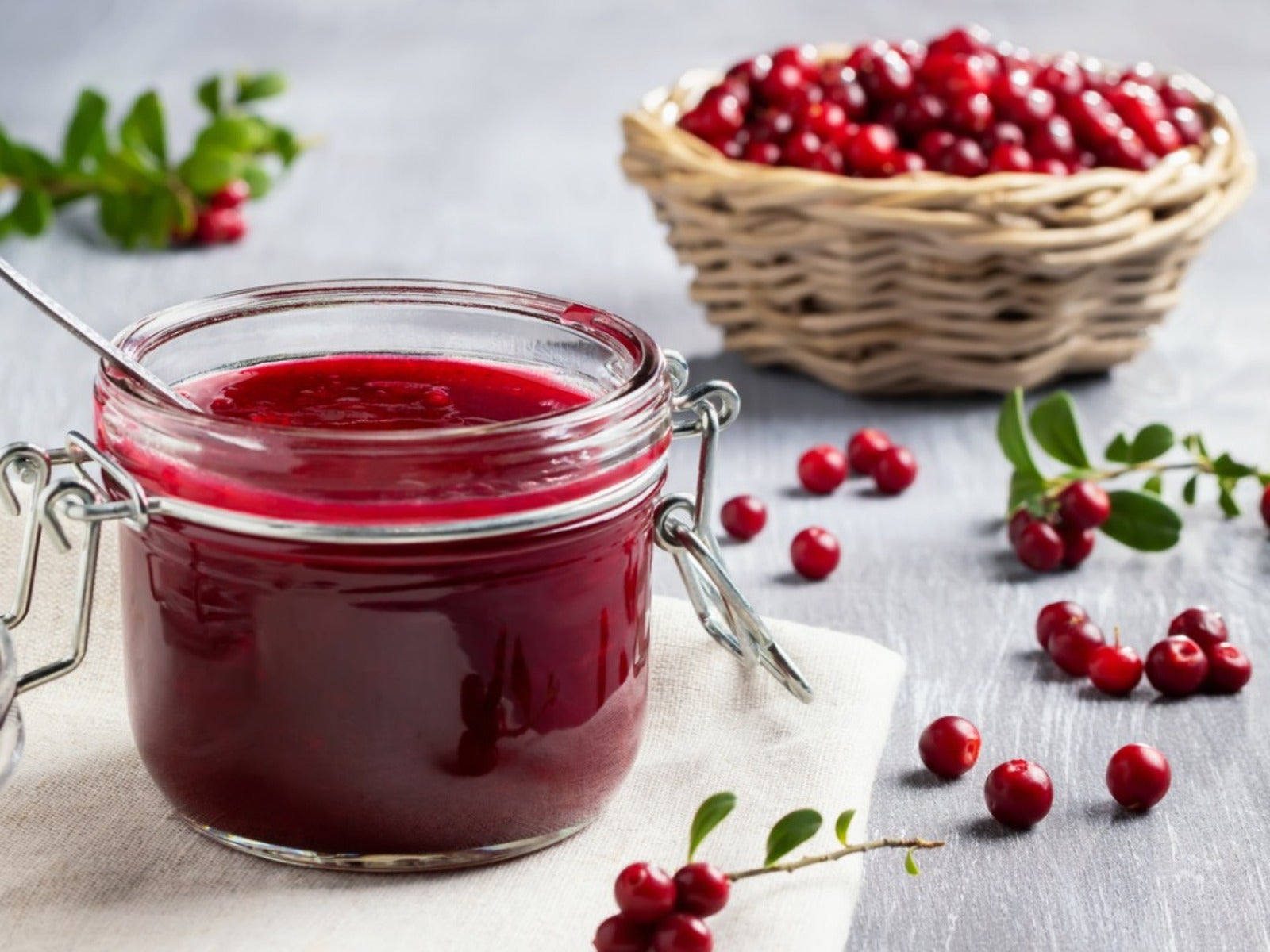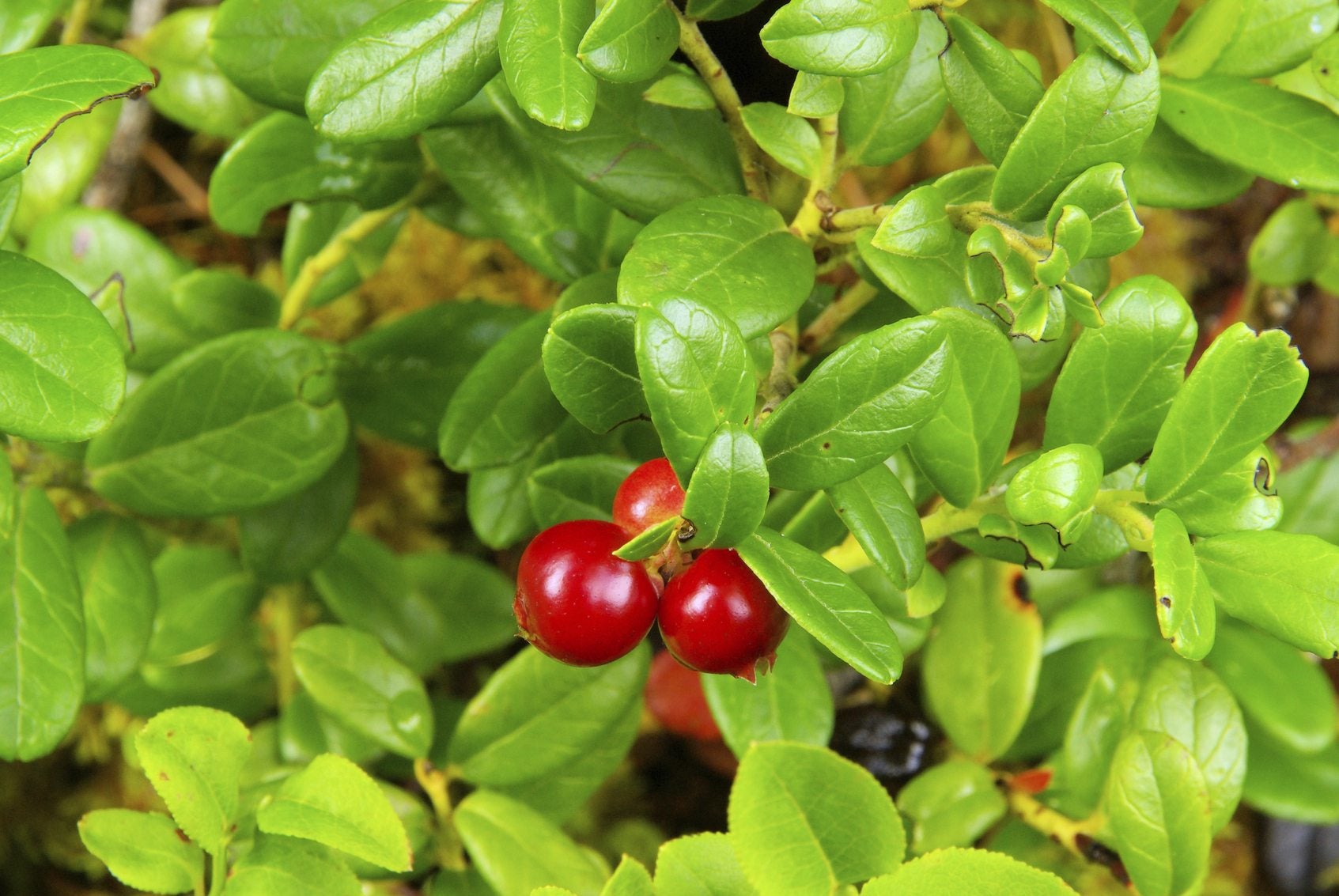What Are Lingonberries: Tips For Growing Lingonberry Plants

I live in an area of the United States that is rife with folks of Scandinavian origin, so I know a thing or two about lingonberries. If you don’t have friends of Scandinavian descent, you may be wondering, “What are lingonberries?” The following article is filled with lingonberry information, including how to grow your own lingonberries at home.
What are Lingonberries?
Lingonberries are commonly used in Swedish food and are considered to be a crucial accompaniment to many Swedish dishes such as potato pancakes, Swedish meatballs, and stuffed cabbage rolls. Lingonberries (Vaccinum vitas-idaea) are also referred to as cowberries, mountain or lowbush cranberries, red bilberries, or whortleberries. They are a close relative of the cranberry and blueberry. Native species of lingonberry bear an annual crop of small, red berries that taste much like cranberries. The European lingonberry has bigger berries that are produced twice in a growing season. Leaves of the lingonberry are shiny on a low-growing, evergreen shrub that reaches from 12 to 18 inches (31-46 cm.) high and 18 inches (46 cm.) across.
Additional Lingonberry Information
Growing lingonberries can be found wild in Sweden in woodlands and moorlands. The berries are attractive and tantalizing looking, but eaten raw, are very bitter. As with cranberries, lingonberries combined with sugar are something else. The sweetness tames the bitterness but doesn’t completely obliterate it, leaving you with something sublime much like how cranberry sauce and turkey go well together. The cultivated European lingonberries blossom in the spring and again in midsummer. The first crop is ready to harvest in July and the second in October. Once planted, a little patience needs to be exercised, as the shrubs do not begin to produce for two to three years after. Plants are picked with a scrabbler, a wide, fork-like tool that strips the berries from the bush. Each bush yields a pound and half (1 kg.) of vitamin C-rich berries. The fruit can then be refrigerated for up to three weeks, or canned, frozen, or dried.
How to Grow Lingonberries at Home
Although lingonberries do well in partial shade, making them terrific understory options combined with acid lovers like highbush blueberries, to encourage larger crops, plant them in full sun. Optimal lingonberry growing conditions will have a soil pH of 5.0 in well-draining soil rich in organic matter. Plan to plant in the spring after all danger of frost has passed. Dig a hole that is a few inches (8 cm.) deeper than the root ball and wide enough to allow for spreading roots. Set the plants at the same height they were growing in their pots and water them in well. Mulch around the new plants with 2 to 3 inches (5-8 cm.) of peat moss or sawdust. For multiple plants, space them 14 to 18 inches (36-46 cm.) apart in rows set 3 to 4 feet (1 m.) apart. After a few years, the plants will fill in, creating a low, evergreen hedge. Lingonberries can also be container grown, although they need to be overwintered by mulching over them or banking them with hay bales. The roots of lingonberries are very shallow, and although they don’t need the bogginess of a cranberry, lingonberry growing conditions should allow for consistent irrigation – one inch (2.5 cm.) of water per week. Their shallow root systems also mean they don’t compete well with weeds, so keep the growing lingonberry plants weed free. Once the plants are in the ground, they do not need much fertilization; in fact, too much nitrogen boosts growth in the late fall, followed by plant dieback, hence a reduced crop. If the plants show several inches (8 cm.) of new growth every year, don’t feed them. If they lack growth, feed them with a low nitrogen organic fertilizer: 5-10-10 or compost. Prune every two to three years to encourage shoot growth and increase fruit yield; otherwise, except for weeding and watering and the removal of any dead or broken branches, lingonberries are fairly low maintenance. They are also disease-free except for a tendency toward Phytophthora root rot if grown in soil that doesn’t drain well.
Gardening tips, videos, info and more delivered right to your inbox!
Sign up for the Gardening Know How newsletter today and receive a free copy of our e-book "How to Grow Delicious Tomatoes".

Amy Grant has been gardening for 30 years and writing for 15. A professional chef and caterer, Amy's area of expertise is culinary gardening.
-
 Never Plant Seedlings Until They Pass These 3 Simple Tests
Never Plant Seedlings Until They Pass These 3 Simple TestsDon't be over-eager to transplant seedlings into the garden before they are ready. These quick and easy checks will help ensure flourishing plants.
By Mary Ellen Ellis
-
 Grow ‘Karl Rosenfield’ Peony Plants For The Ultimate Frilly Border Beauties And Cut Flowers
Grow ‘Karl Rosenfield’ Peony Plants For The Ultimate Frilly Border Beauties And Cut FlowersFor frilly double magenta peony petals infused with a heady fragrance, grow ‘Karl Rosenfield’ peony plants. Here’s how to cultivate the ultimate plushy blooms
By Tonya Barnett
-
 Lingonberry Health Benefits And Uses
Lingonberry Health Benefits And UsesLearn all about delicious lingonberries - what they are, where they come from, and how to use them.
By Amy Grant
-
 Container Grown Lingonberries: Caring For Lingonberries In Pots
Container Grown Lingonberries: Caring For Lingonberries In PotsLingonberries are fabulous in sauces and preserves, and perfect for container growing. Learn more about growing lingonberries in containers and caring for them in the following article. Click here for additional information.
By Liz Baessler